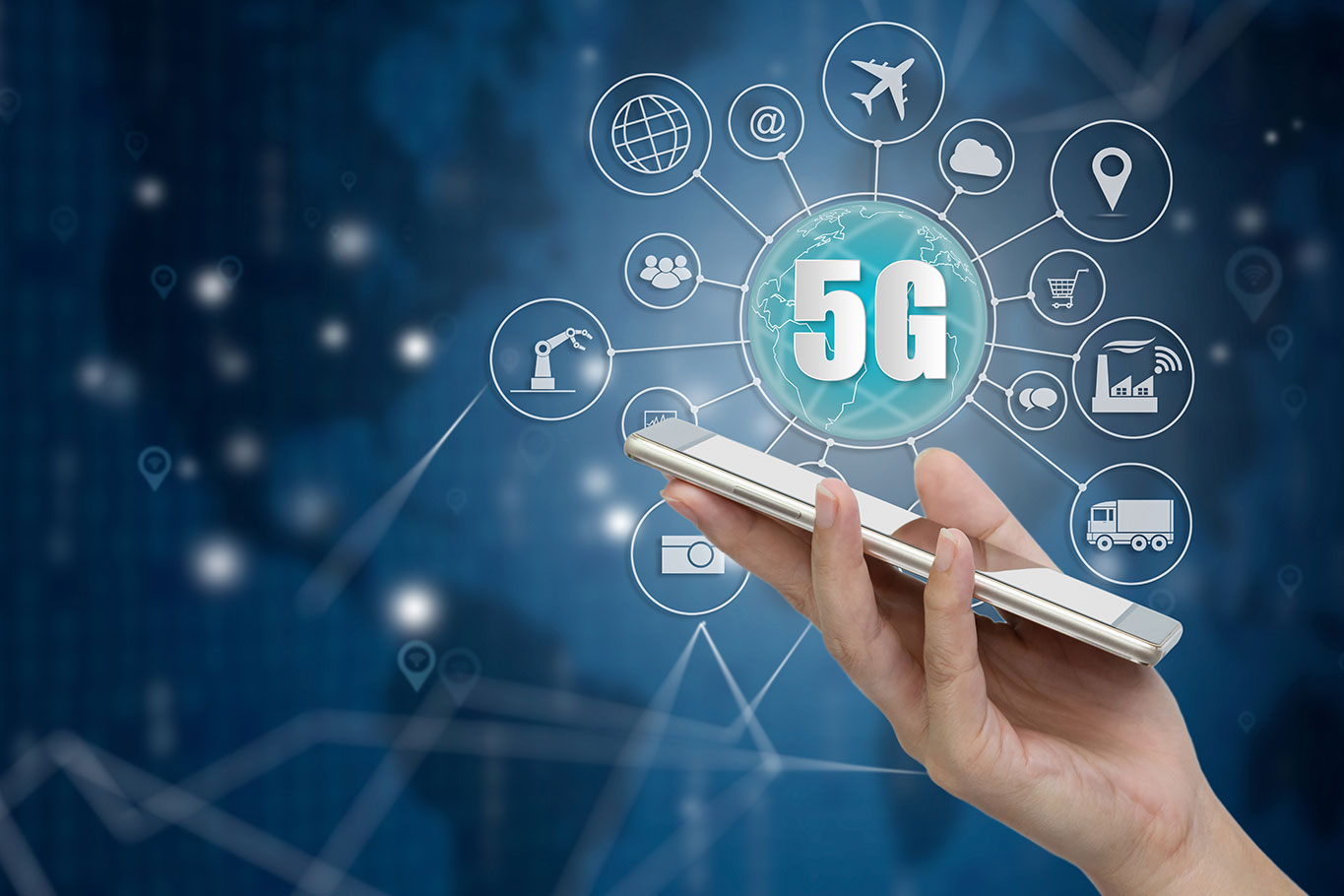
What is 5G?
If you pay attention to tech news or stay up to date with the latest news and updates from the various cell providers, then you’ve likely been hearing a lot about 5G lately. In fact, if you were to take a look at your ATT or Verizon mobile phone now, you might see an icon in the upper left-hand corner that says “4G,” which stands for the “4th generation mobile network.” Noting this, you might think that 5Gwill represent the 5th generation mobile network. And while this is true, 5G is about so much more than just an advanced wireless network. In this post, we’ll set the foundation for 5G to give you a basic understanding of how significant it can be.
5G Explained
So just what is 5G? Like we said, it will represent the next generation of the mobile network, but it will elevate this network in ways that we’ve never seen before. In fact, in addition to interconnecting devices, it’s able to control machines and objects too. It represents a significant evolution in the mobile network, offering multi-Gbps speeds during peak times, low latency, a massive amount of capacity and a better overall user experience.
So What’s the Big Deal with 5G?
Any next generation of a mobile network is a big deal in and of itself, but when you put into context just how revolutionary the 5th generation is, then it really becomes clear why it’s the big buzz in tech. To really see how significant this is, consider the advances from the mobile networks that came before it. 1G, for instance, just offered analog voice. 2G and 3G included digital voice and mobile data, respectively, and 4G was the network that kick started the mobile Internet era. There’s yet to be a mobile network generation that’s included all of what 5G offers, and it’s why there’s so much buzz surrounding it.
Some of the big benefits of 5G include:
- Improved network performance, with an expected peak data rate up to 20 Gbps.
- Reduced network costs.
- A 5G economic effect that has the potential to produce more than $10 trillion.
- The ability to allow for complete interconnectivity of smart devices and the Internet of Things (IoT).
However, despite all the good things that the 5G era is expected to usher in, there are some things to be cautious of as well. For instance, there are concerns about the security of 5G networks, notably after a joint research project from a pair of Big Ten universities revealed nearly a dozen potential vulnerabilities.
What Frequency is 5G?
To prepare for 5G, the Federal Communications Commission (FCC) opened up lots of bandwidth space in the spectrum back in 2016. The European Commission followed suit in 2018. In the United States, 5G is designed to run on three spectrum bands, low-band, mid-band and high-band. Low-band is essentially at or below 1GHz speeds, mid-band the spectrum between 1 and 6 GHz and high-band in the tens of GHzs. It’s this high-band spectrum that’s going to be the most significant upgrade when it comes to 5G, but it’s likely to be awhile before these types of speeds are universal when it comes to the 5th generation mobile network.
The bottom line is that there’s a lot to like about the 5G mobile network, and those who have already experienced it certainly know how much of a game changer it has the potential to be. And while a price tag has yet to be established and it’s still being very gradually rolled out, you can expect to hear a lot more about 5G as it becomes more mainstream in the coming months and years. Stay tuned for more from Signals Defense in the coming weeks and months on this subject.
Read more of our blogs on RF Shielding and Wireless Security

All You Need to Know About In-Building Wireless Solutions
In-building wireless (IBW) technology is a valuable addition to any corporate, commercial, or mixed-use building with poor cellphone reception, dead spots, or places that are prone to interference due to outside signals.

Hidden RF Shielding in interior design
The Art of Concealment: Hidden RF Shielding in Interior DesignThink...

